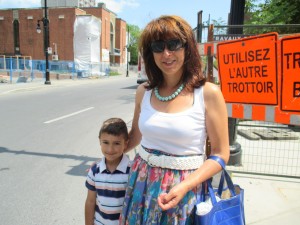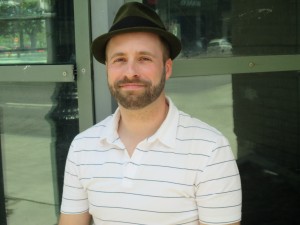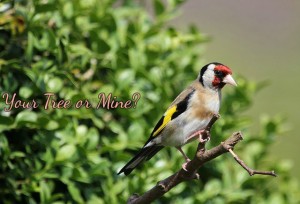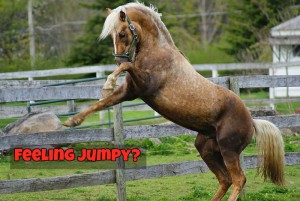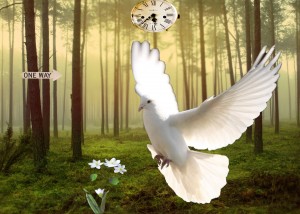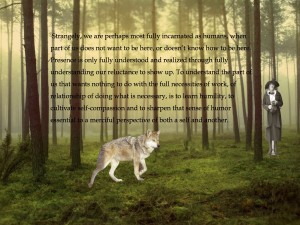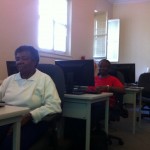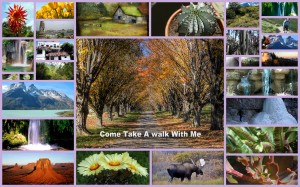Inspired by the popular series Humans of New York, we organized a workshop where participants document a library scene or subject and have the choice of conducting a short interview with their subject or writing a description of the scene. You can view the presentation here and the handout here.
One of our most popular classes, we had students ranging from complete novices to more practiced photographers. One of our participants runs a section on her blog Jittery Cook called Jittery Jabber where she posted her photos and interviews of the day. While some of the shorter work by other participants were uploaded to Twitter and can be viewed here. One of our participants conducted longer interviews and both her experience and photos are posted below.
Of her experience Marcia said
For me, an unexpected benefit of the photo workshop was that my vision (inwardly speaking) improved as I […] shot pictures fully knowing why I was reaching for this one and not for that one…..Thanks to you for your good work!The question that I had in mind is: What Are You Doing on This First Beautiful Weekend in Montreal in 2015
I found seven people who allowed me to get their photo and talk with them and five who would not….
-
Amita at the Atwater Library told me, ’I go to the library mainly to borrow books and read the newspapers to find out what’s going on in the world…food for the soul.’ Often she visits the library in Brossard close to her home.
-
Mitchel is the Atwater Library gardener who told me “I just moved from one part of Montreal to Mile End in a student house with five others, a brand new whole house.” Clearly he loves his new home and will be moving in all weekend, unpacking.
-
Maureen was “on her way to the Jazz Festival with a friend who reached out to her on this Friday because she lost her husband three weeks ago.” She said she felt “If someone reaches out, the least she can do is reach back.”
-
I found the four members of a family on the corner of Atwater and St-Catherine this sunny Friday in Montreal waiting for a walk signal. One daughter in a two tone hijab and blue dress would not stand for the photo with her sister Naira and brother Anas, but she was radiant as her mother Qaisai said she is out enjoying her three children. Usually she’s cooking, cleaning, and shopping or going to work in a sewing factory. Naira “works for a federal public service in Ottawa and comes to Montreal every two weeks to visit.” Anas was just “taking a break from cleaning” and seemed glad to be out and about with his kin.
-
Evelyne and Toto were on the corner of St-Catherine and the east corner of the park being renovated; she said she will take her two boys to play in Westmount Park” but they haven’t been to the Jazz Festival at all.
-
David received my introduction saying, “Enchante” and explained in English he was waiting for a friend “to walk the La Chine Canal.” He does free lance writing for papers such as La Press, but was born on the south shore and hasn’t been to the Jazz Festival this year because of “all the road blocks and construction on the bridges and streets this year.”
-
Finn and Gordon, who are part of the Humans in New York workshop are “Doing something that’s a surprise for Finn’s brother’s 11th birthday and Finn is excited to find out what the surprise is all about. She’s 14 and goes to Royal West. He’s retired and was looking after his mom and dad (90 and 95) till his mom recently passed away. “We’re going to visit our other grandmother on July 5th in Ottawa,” Finn told me.




